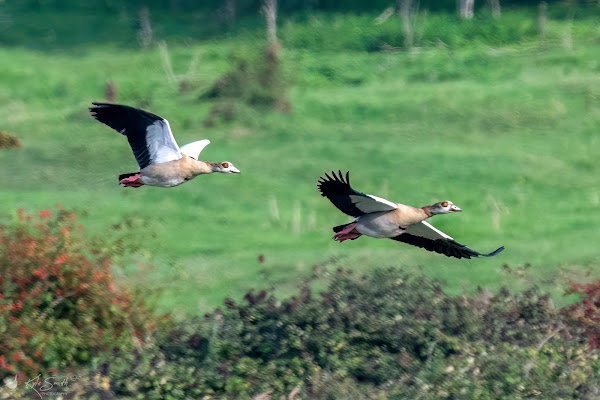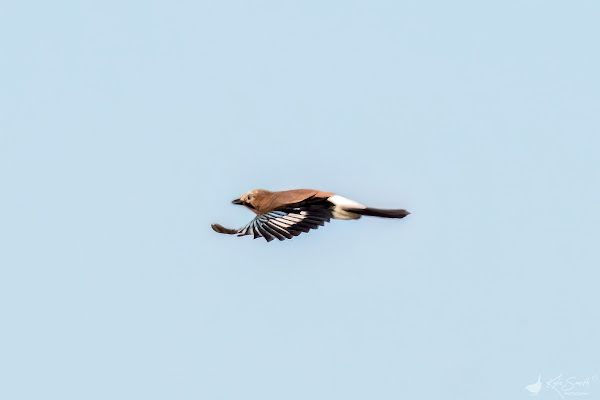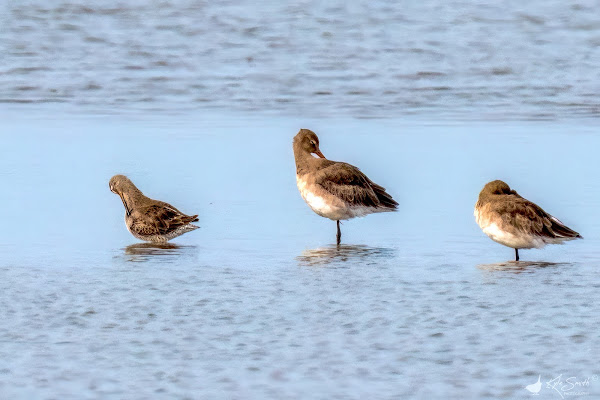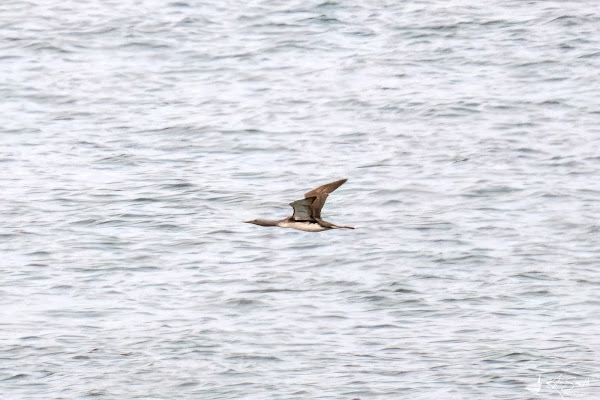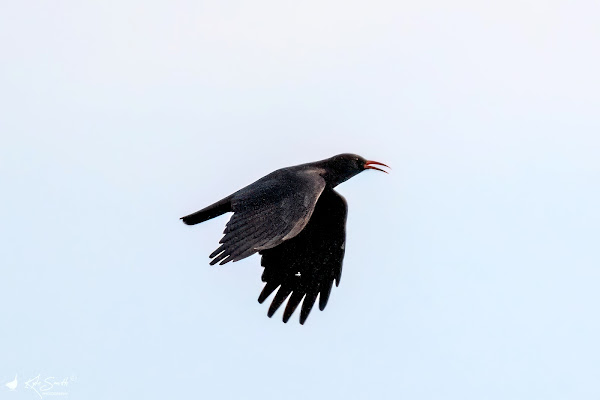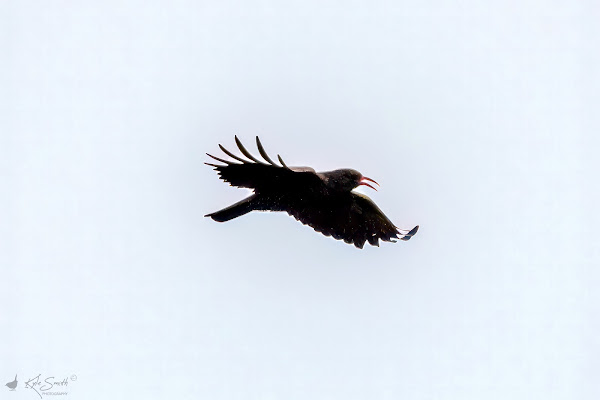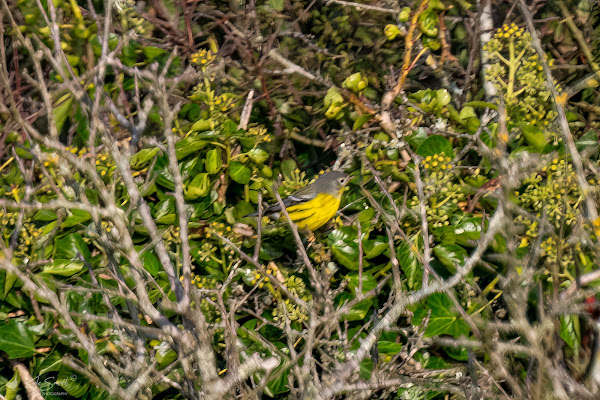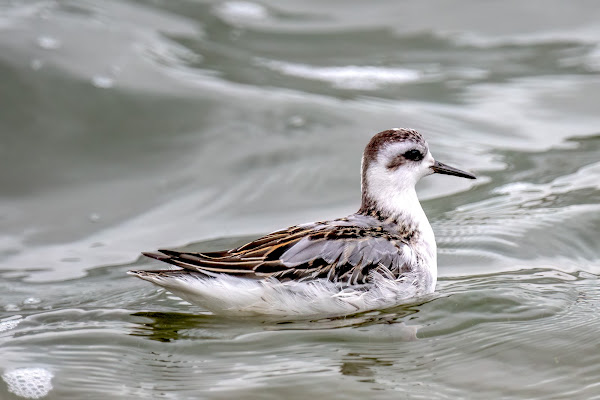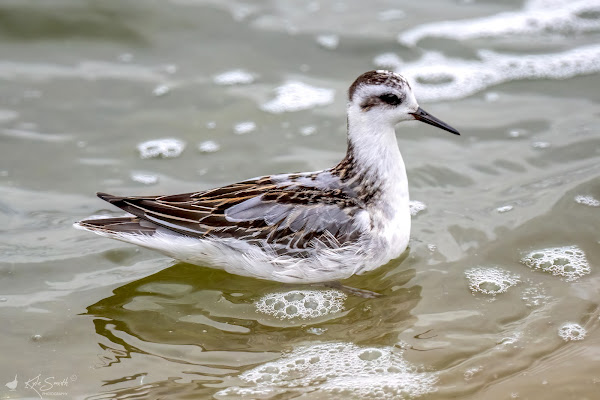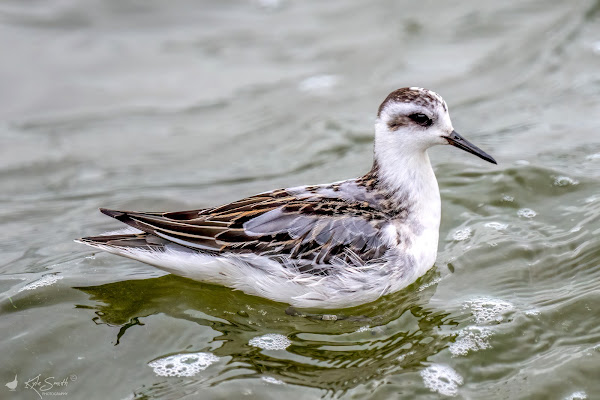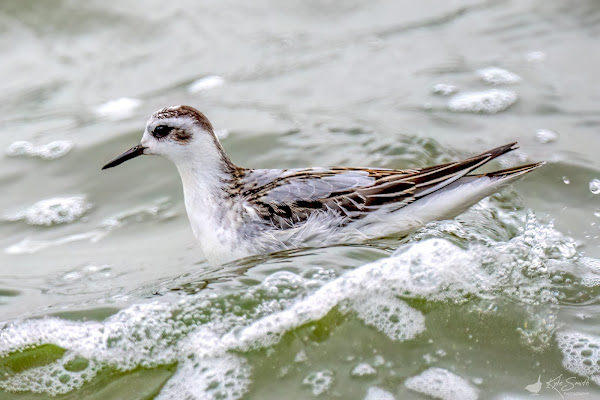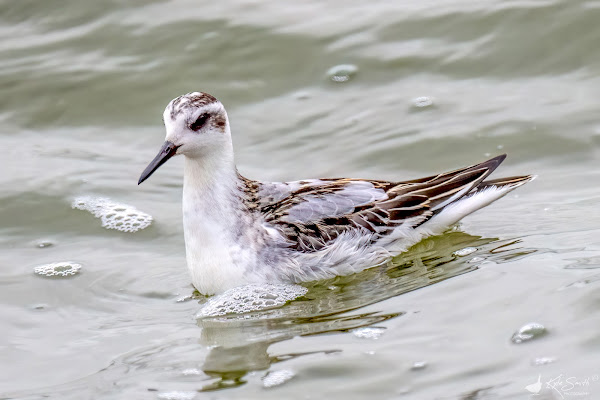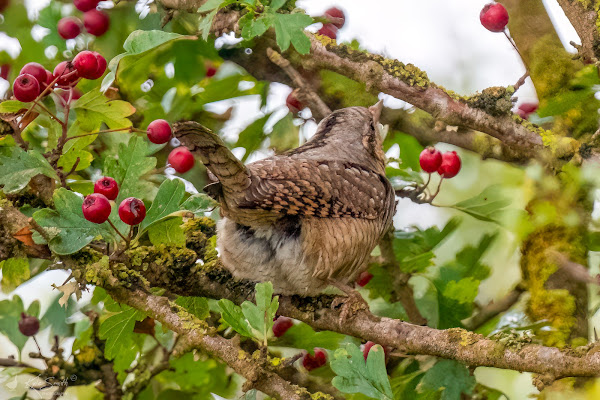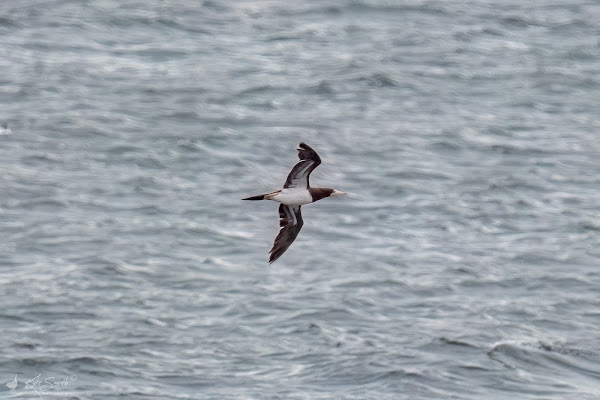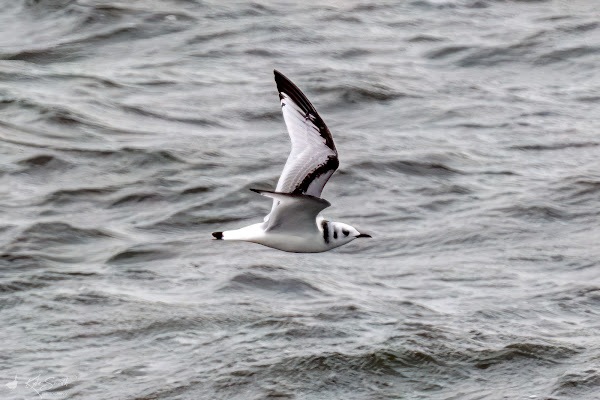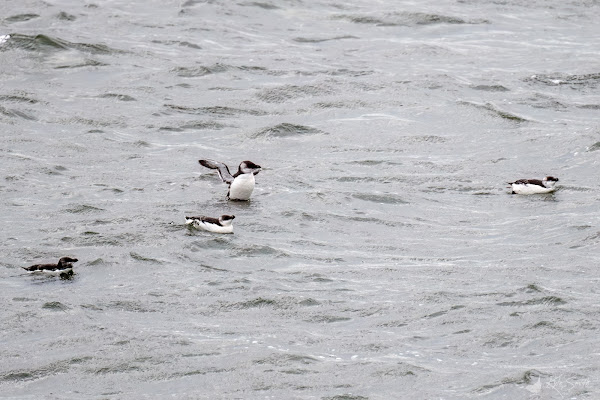Friday night arrived, and it was time to decide where we might go birding the following day. Looking at the day's sightings it became apparent that most of the birds that might add to Kev (and my) list were in far flung corners of the country, and not really available on a day trip. There was one which might be good for a punt, a Wilson's phalarope over on North Pont Pools, Norfolk. There was the added incentive that it was close to NWT Cley Marshes and so (if time allowed) I'd be able to drop in and see the long-billed dowitcher that had escaped me despite having been around the area for over 11 months.
We arrived to find about a dozen birders already searching for the phalarope, mostly from the car park, but a couple from the track to the west of the main pool. We parked in a layby on the main road and viewed from the top of the lane, in the field margin on the righthand side - one other birder was using the same spot - this gave some elevation and might perhaps allow us to see better over the grasses along the water's edge. As we settled in, there was a 'negative news' update on our bird on Birdguides - terrific. Overhead flew lots of geese, including some pink-footed amongst a larger number of greylags.
Now, the Wilson's phalarope is a vagrant to Europe usually in August to October from breeding grounds in North America. UK records are usually 1st winter birds found in coastal pools and marshes – exactly the habitat we were looking at. This species is slightly larger than other phalaropes with a longer neck, a longer needle-fine beak, and longer legs. It commonly walks in shallow water or muddy edges, feeding on insects, often with its breast almost touching the ground. We set to scanning up and down.
Our companion gave up on this pool and went to look at another from the other side of the lane. We persisted and noted the large number of birds in the sky beyond and over the pools, really quite a good location. We spotted a greenshank to the west of the pool we were viewing and noted that it was feeding but not in the same manner as the bird we were looking for. I'd broken out my scope and so Kev and I were both surveying the pond when Kev called and said a bird had just left cover on the front edge - he thought it was our bird. He jumped off his scope and let me look - yes it looked good. He immediately called on the other birder to come and have a look as this is a new bird to us, but immediately the bird flew back into cover.
We waited for a short while but our bird did not re-emerge and so I suggested to Kev that I walk down the slope and see if there was a spot where we might be able to view along the water without the grass obscuring our view. The other birder said he was going to do the same, and so Kev packed up and came with us.
We walked down the lane, through the car park and onto the path beyond, still without being able to see the spot we had seen the bird return to. We stopped and scanned but couldn't see our bird - I think the others that had now joined us thought we'd mistaken a greenshank for the phalarope - we were pretty sure we hadn't. While I waited, Kev made his way further along the path and then up the hill behind giving much better elevation and views - after five minutes I followed. As I climbed the slope flocks of geese flew over - it felt like they would crash into us they were so low - a fantastic sight.
I hadn't quite reached Kev when he called that he'd found the bird - Tonto strikes again! It had relocated out of the main pool and to the most eastern one, as reported the day before. We hadn't even been able to see this pool from where we'd been standing originally. That was our bird, and while Kev updated Birdguides I dropped back down to the other birders to pass on the news - they followed up and we all got on our scopes - the bird was about as far away as it could be.
We decided to try and see the bird from the main road on the other side of the pools and so left the group. It was a bit of a yomp back, but we then had to walk along the hedge and field edge to get a view down into the pool. Initially there was no sign but after quarter of an hour or so my phone rang; it was Kev up ahead - he's climbed onto the road verge and could now see down into the pool and the phalarope feeding. Joining him it was possible to get decent views through our scopes - distant photos, and videos were still tricky.
It was a bit dicey on the verge as the road is narrow and so, after we'd had views, we dropped back down into the field margin to walk back along to the car. The phalarope did the decent thing and moved out and off the bank. A couple of other birders dropped in by us and we passed on all the intel we had; slowly we made our way back to the car.
The bird had shown well but always at distance. We might come back later if it was reported in the main pool, to get some better views and photos. For now, we had another mission - that long-billed dowitcher. It had been reported at around 9.35am, still having a lie-in on Pat's Pool from the Bishop's Hide. Off we trotted, parking at the main Visitor's Centre at NWT Cley Marshes.
Arriving at the hide we found there to be standing room only. A lady birder with scope and phone attached pointed out where the dowitcher was - it had been showing well at distance but had recently gone to sleep amongst a group of black-headed gulls and black-tailed godwits. The first thing I noticed was its size against the godwits - so much smaller, perhaps snipe sized. At this point the long bill was not visible as it was tucked along its back and the prominent supercilium marking was not on show. This bird is a also a vagrant to Europe with several records in the UK and Ireland each year as they leave from their breeding grounds in North America and Eastern Siberia.
We'd stand for an hour of so until the gulls moved away, and the godwits started to wake, preen and move out of the way. This left the dowitcher in the clear and standing beside a couple of remaining godwits.
It then strolled around the edge of a small island in the water, feeding, preening, and really just staying on the move. However, this lasted just a few minutes - then it was back to sleep on the island. Out at the back of the pool a little gull dropped in - a year tick for me.
It looked like we'd had as much as we'd get for the foreseeable. We noted that a white-billed diver had been reported on the beach in the last hour and so decided to skip lunch and make for there. There were a handful of birders on the pebble beach scanning through scopes, but none had the diver in sight - it had apparently drifted off earlier and been lost to view. We chatted with the others, some of whom were local and seawatchers - that was lucky. Out on the water we had lots of razorbills, juvenile gannets (plus three adults), a raft of scoters, multiple fly-by red-throated divers, and a handful of guillemots.
The number of birders grew and we watched as wheatear and a marsh harrier flew in off the sea. A single arctic skua was called from further down the line, and a couple of Caspian gulls landed out on the water - but too distant for photos. One of the birders was an Ambassador for Kowa and was discussing optics and camera photo Apps with a few of the guys - I admitted that I hadn't registered for this event and listened in. In many ways it was not applicable to me as my scope is not really up to the mark when it comes to phonescoping - I concentrate my funding on a camera body and lens.
All too soon we had to depart as I was going out to see friends in the evening - the journey home was smooth, we stopped for a sandwich on the way, and I just had time for a shower before I was back out. Two lifers, two more new for the year - another great day birding.


